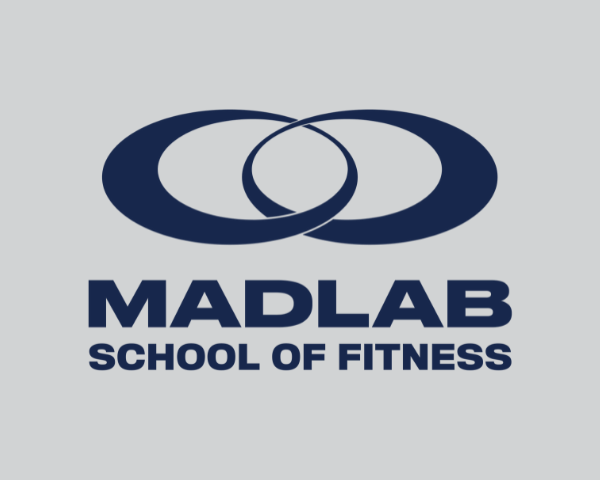START WITH AN EASY SELL: A THREE PT ASSESSMENT.
If you have coached for a while, you probably agree that in a perfect world, when it comes to assessing individual limitations and teaching movement mechanics, one-on-one personal training is the best way to bring on a new client. It’s hard to argue that a person won’t learn better and more effectively with all of the attention on them than they will in a group of 12 inexperienced people, all learning to squat for the first time.
But alas, one-on-one training is expensive for the client and time-consuming for the coach. People are leery about paying $75 to $100-plus an hour, hence the trend of group fundamentals, group OnRamps and group boot camps. And on the coaching end, coaches are terrified to ask someone to pay $800 for ten personal training sessions.
At my gym, I had no choice. It was sink or swim. Since Day 1, back in 2009, I was paid 100 percent based on my ability to sell and keep clients, and our fundamentals program at Madlab School of Fitness has been predominantly one-on-one personal training since the get-go. As a result, if I didn’t sell someone on personal training, I wouldn’t get much of a paycheck.
In the old days (2009 to 2013), this meant selling people on 10 to 15 sessions upfront, meaning finding people out in the world who were willing to pay between $750 and $1,200 upfront before you even showed them your value as a coach.
Then in around 2017, some of our coaches switched to a 3-personal training session fitness assessment.
This meant a new person paid just $262 for three personal training sessions, essentially to be assessed on how they move—how they hinge, squat, push and pull—and what type of deficiencies they have. From there, the coach gains a better idea of how much more personal training the person will need in order to be adequately prepared for group classes (this amount is now $315 for three sessions).
At first, I was massively opposed to the 3-pt fitness assessment. Being naturally short-sighted and a little greedy, I always went for the big sale. It meant the person was committed right away to 10 to 15 sessions and more money in my pocket. Also, I was not too fond of the idea of having to sell the person again and again and again. It seemed easier to get a larger commitment from the first day.
As a result, I resisted the 3-pt fitness assessment for two years.
At the same time, the fitness market had become a lot more competitive in Vancouver. Gone were the days when people showed up and blindly trusted me before dropping $1,000 on training. Now, we live in a world where people let you know they’re going to check out a couple of other gyms in the city before making their decision.
I realized that my conversion rate on my intro days had started declining. I found myself losing clients to other gyms. Their reason was usually because of the price of 10 personal training sessions.
So I decided to give the 3-pt assessment a try.
To say I have been converted into a 3-pt assessment believer is an understatement. My conversion rate is back to around 90 percent, and every single person who has purchased the 3-pt assessment has then gone on to buy another 10-15 sessions after completing their first three sessions.
Here’s why I think it works:
1. Reasonable skin in the game: Generally, it seems someone who isn’t 100 percent sure whether they want to commit $1,200 to training is willing to still “give it a try” via just three sessions for $300. This still requires them to invest some skin in the game, but it’s a reasonable amount of money. Further, it gives the person a sense of control and power. If the person doesn’t like their experience in the first three sessions, they know they can move along to something else.
2. I do a better job as a coach: I used to be so opposed to only selling three sessions because I didn’t like the idea of being in a position to have to sell myself again and again as a coach. I hated the idea of getting to the end of the third session and then asking them whether they wanted to continue or not.
But I have learned all it has done is force me to be on my A-game and provide the client with the best possible service, so there’s no doubt they will continue. I essentially know I have failed as a coach if the person chooses not to continue after the 3-pt assessment.
As I said, so far, this hasn’t happened. It seems the three one-on-one sessions are a perfect amount of time to build trust with the client, and by the end, the person is hooked on and sees the value of paying for personal training.
3. Exposes the value of personal training: It’s one thing to tell a person they need one-on-one training before they can handle classes. It’s another thing entirely for a person to be humbled by what you’re throwing at them and for them to realize on their own that they have a long way to go before they’re self-sufficient and ready for a larger group class.
These three personal training sessions are a perfect way for the person to see for themselves what they need. It’s kind of like the concept of tricking a person into thinking something was their idea. If you tell someone it’s going to cost them $1,000 in personal training before they’ll be ready for a class, the instinct is for them to become suspicious that you’re trying to get their money. But once they experience it for themselves, they always seem to come to terms on their own that they need more one-on-one attention.
And at the same time, they usually see and feel emotional and physical gains in just three sessions, making them more eager to continue on the personal training path. I have had people come to the end of the three sessions and tell me to bill them for another ten sessions.
So if you’re stuck in the mindset that nobody will pay for personal training, that people in your market won’t be willing to fork over $1,000 for one-on-one training, I highly recommend adopting the 3-pt assessment first. Let the person know they’re free to bail after just three sessions. But I think what you’ll find is the three sessions will be just enough to convince the person of the value they’re receiving from your service.
If you found this article helpful, and would like to see exactly how these types of strategies could improve your sales and dramatically increase your revenue on a consistent basis,
Menu
Contact Us
1980 Clark Drive
Vancouver, BC Canada
V5N 0A9
info@madlabbusiness.com
Follow Us

Copyright © 2023 Madlab Business. All Rights Reserved.

